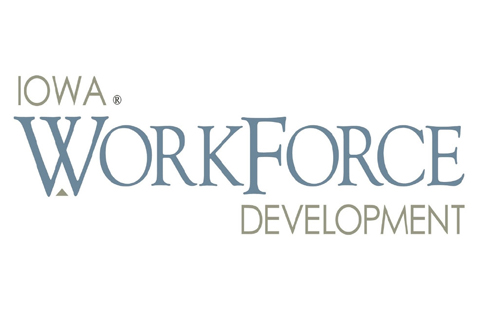DES MOINES, IOWA – Iowa’s seasonally adjusted unemployment rate increased to 3.1 percent in November, and the state’s labor force participation rate rose to 66.3 percent amid a strong influx of new workers. Meanwhile, the U.S. unemployment rate increased to 4.2 percent in November.
“The bright spot in November’s report was that 1,600 Iowans came back to the labor force in search of a job,” said Beth Townsend, Executive Director of Iowa Workforce Development. “This is a welcome sign for Iowa in terms of our economic stability and growth, as well as for employers who currently are trying to fill over 50,000 open jobs. Now that we are past the election, we hope to see more hiring, more Iowans returning to the workforce, and increased growth overall.”
With the influx of work seekers, the number of unemployed Iowans increased to 53,000 in November from 51,000 in October.
The total number of working Iowans fell to 1,632,600 in November. This figure is 400 lower than October and 20,900 lower than one year ago.
Seasonally Adjusted Nonfarm Employment
Iowa employers added 400 jobs in November, raising total nonfarm employment to 1,599,300 jobs. This gain is the first since June and was largely the result of hiring within public schools (the majority out of 1,200 local government jobs added). Leisure and hospitality and manufacturing also increased hiring. These gains were tamped down by drops in professional and business services and trade and transportation. Overall, private industry shed 1,100 jobs in November while government (a sector that includes federal, state, and local political subdivisions, as well as schools, universities, and public hospitals) added a total of 1,500 jobs.
Leisure and hospitality led all private sectors in jobs added in November (+700 jobs). Arts, entertainment, and recreational industries fueled this gain as accommodations and food service industries decreased slightly (-200 jobs). Nondurable goods factories gained 500 jobs in November. This hiring was heaviest in food production and animal processing factories. Conversely, professional and business services led all private sectors in losses in November (-1,200 jobs). Administrative support and waste management industries lost the most (-500 jobs) between October and November. Finally, trade and transportation decreased by 700 jobs. These losses were split between retail trade and transportation and warehousing industries.
Compared to a year ago, total nonfarm employment is up 4,000 jobs, fueled by hiring within private service industries and government. Health care and social assistance has added the most jobs (+4,900 jobs). Health care and social assistance alone gained 3,600 jobs annually. Leisure and hospitality has increased by 4,600 jobs. Job growth has been evident in both accommodations and food services and arts, entertainment, and recreational industries. Alternatively, manufacturing has lost the most jobs annually (-5,200). These losses are largely within nondurable goods factories. Smaller losses were evident in professional and business services (-3,100 jobs). Administrative support and waste management industries shed the most jobs from one year ago (-1,900 jobs).




